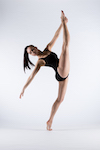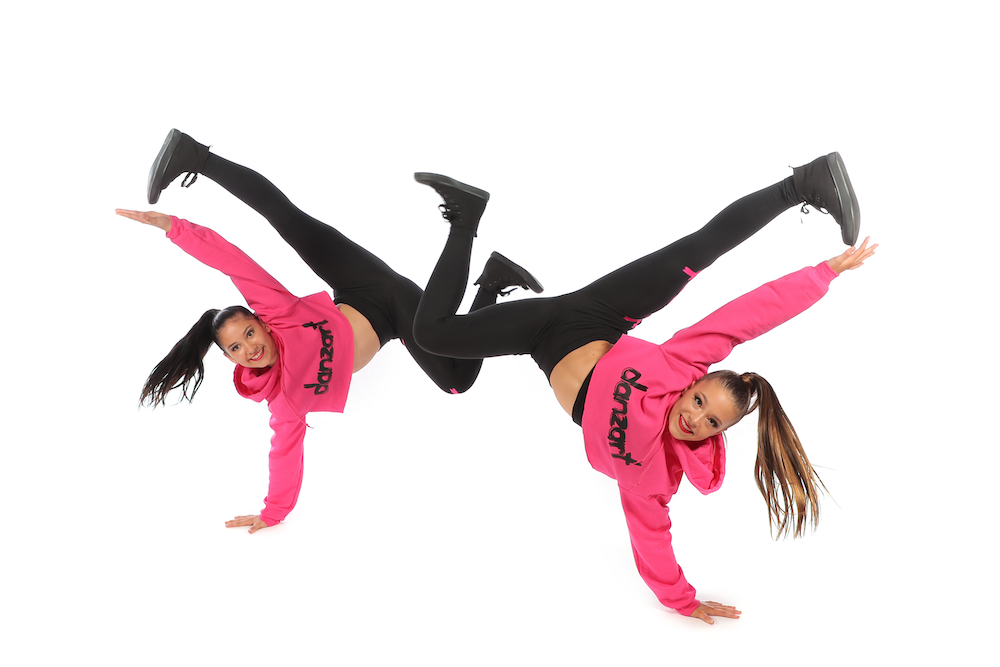How to Choose the Best Dance School for Your Child
How to Choose the Best Dance School for Your Child
Posted Nov 24, 2019 by Kellie Hansen. Filed under General
How to choose the best dance school for your child.
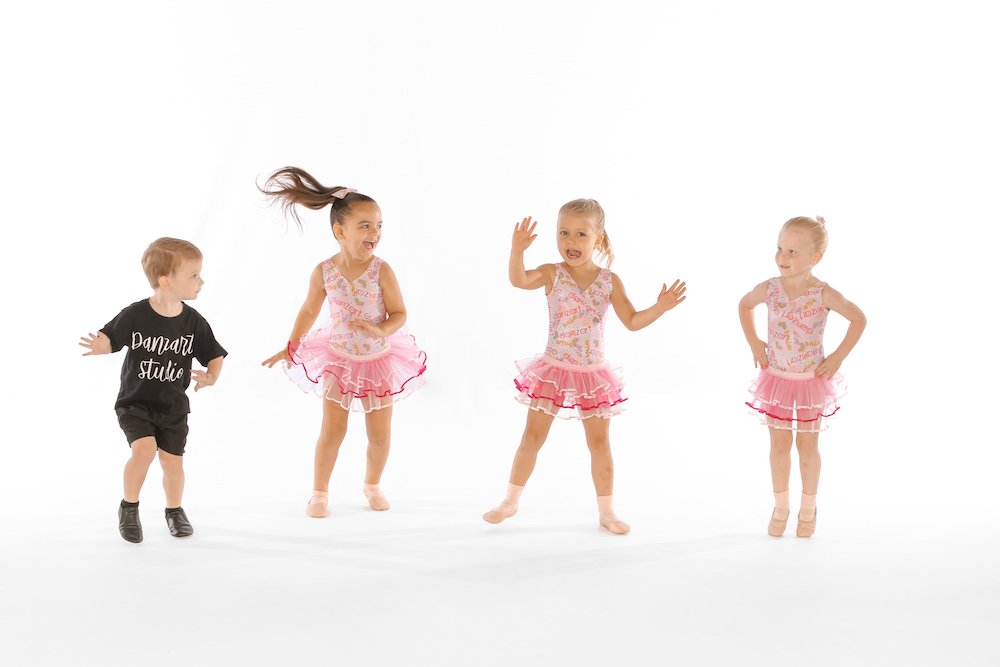

Why join a pre-school dance class?
Dance classes provide preschoolers with a chance to develop vital physical, cognitive, social and emotional skills. No other activity allows students to work on fine and gross motor skills, build language skills, all while learning to take turns, share, pack away, and express their feelings and emotions.
An excellent pre-school dance class should complement the stages of your child’s development.
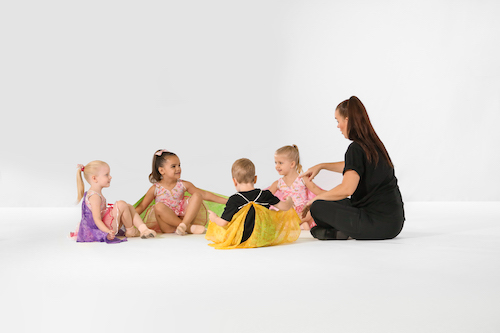
Choosing the right Pre-School dance program for your child.
As the Mum, Dad or Primary Caregiver of your budding pre-school dancer trust your instincts you know what is best for your child.
- Look for a pre-school dance program that will nurture stimulate and encourage your child.
- Ensure the dance studio offers obligation free trial classes.
- Pre-School dance classes should be in a transparent environment, e.g. TV viewing screens or the option for parents to sit in watch should your little dancer be feeling unsure of his or her new surroundings.
- The teaching faculty should be caring, nurturing with an abundance of dance knowledge. The right dance studio should focus on harnessing and refining a child’s natural ability.
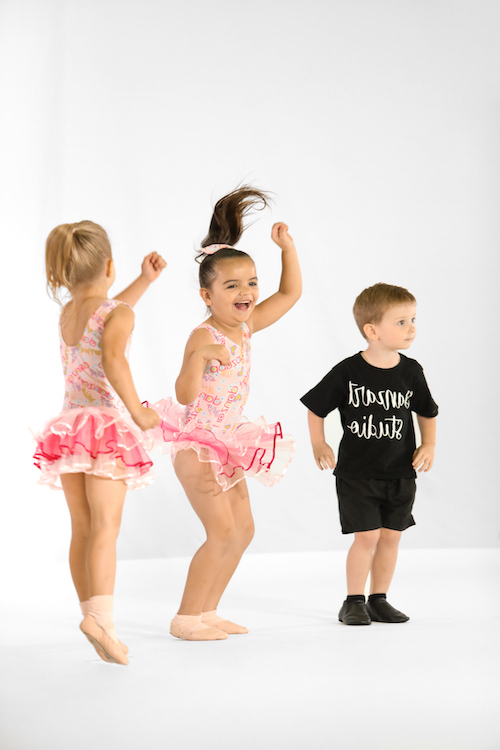


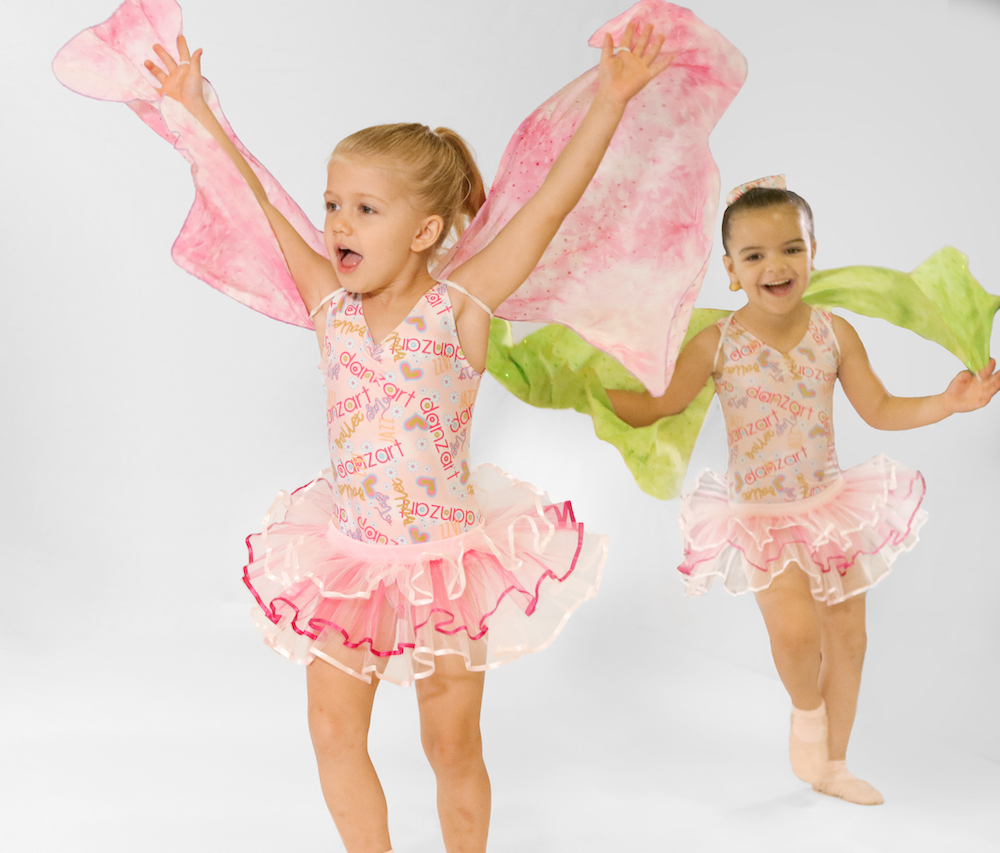
Signs of a productive and positive pre-school dance class.
Developmentally Appropriate
A quality pre-school program should be created with early childhood development in mind.
An authentic pre-school dance program separates ages to provide quality, developmentally appropriate learning experiences.
An excellent pre-school program considers this and provides opportunities for students to learn and succeed across all these areas. It doesn’t place the same expectations on all students and allows each child’s unique strengths to shine through.
Physically at this age, it is essential for your little one to be jumping, balancing, tiptoeing, and spinning their little hearts out.
Opportunities for Pretend Play
Pretend play gives children a chance to problem-solve, choose how to interact with scenarios, and creates incidental learning moments.
A good dance program allows students to be co-creators and to have their voice heard. While students will learn specific dance steps, an excellent pre-school dance class allows children to experiment with moving and making meanings in their way.
The most beneficial programs are those that allow students to make their interpretations and make their personal connections and suggestions.
It is essential for the students to be provided with the opportunity to discover their own movement choices or dreaming up and expressing their meanings for their movements.
Variety of Activities
An excellent pre-school program uses props to amplify the quality of movements and add a layer of creativity and fun to the exercise. Accessories should be carefully selected to match the learning outcomes of an activity.
After 5-6 weeks, you should see new elements or activities being introduced. And by the end of the year, they should be able to jump, twirl, count, tiptoe, balance and leap.
The best pre-school dance classes expose children to new concepts, words, ideas, themes, and feelings.
Structure and Lesson Planning
While diversity in props and experience is key for an enriching and engaging pre-school dance program, the class also needs to have structure.
The class should always follow a similar format. For example, students may begin in a circle, then do some things in the centre, and then finish off with more creative and interpretive exercises and games.
It also involves learning that we pack away the props we have now before we get new one’s excellent training for at home and later in life!
The structure can also be seen spatially – there are times when students are required to stand in specific places in the room, and times where they can choose where to stand.

All of these things allow children to feel confident and in control of their place in the learning environment. It lets them know what to expect. Which means less room for negative surprises – such as feeling like they don’t know what to do – and more room for positive surprises

